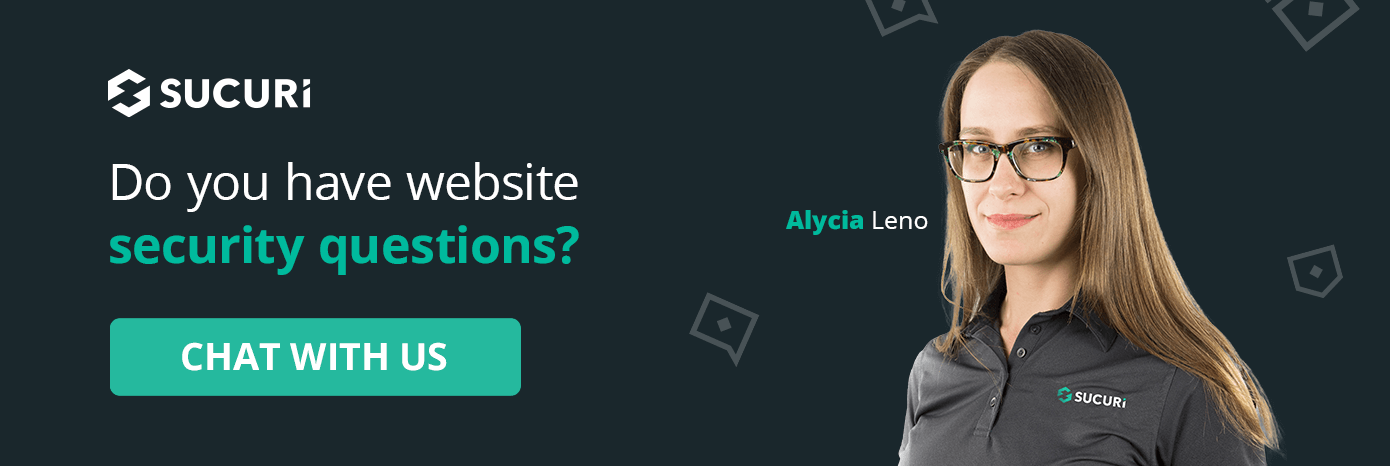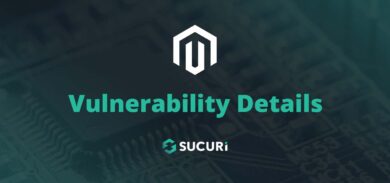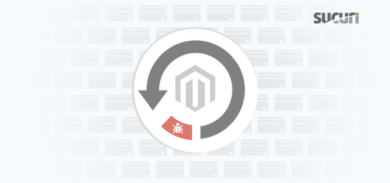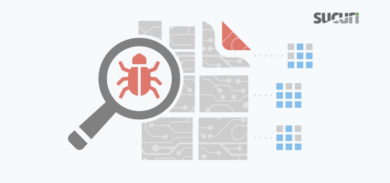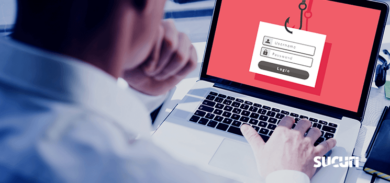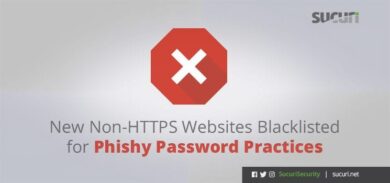If you own a website and collaborate with other people, the Principle of Least Privilege (PoLP) is a crucial security concept which has applications and benefits to strengthen your website security posture.
Understanding and implementing the Principle of Least Privilege (PoLP) is not just a fancy concept. It’s an excellent step to ensuring the security of your website and data.
The essence of this principle is simple: it lies in granting only the minimum necessary privileges users need to accomplish their tasks and revoking them when they’re done. By doing this, you’re paving the way for a more controlled, secure environment where data breaches and unauthorized use are less likely to occur.
Let’s dive in!
Contents:
- Definition: The Principle of Least Privilege (
- PoLP & Website Security
- Example of Principle of Least Privilege
- Default WordPress User Roles
- How PoLP Affects Websites & Servers
- Applying PoLP with File & Directory Permissions
Definition: The Principle of Least Privilege (PoLP)
By definition, the Principle of Least Privilege (PoLP) is a computer science principle that recommends granting the minimal set of privileges on a system or user just enough to perform an action, then revoking those once the action is completed.
Think of this principle like borrowing an object from a friend; you only take what you need, use it for the intended time, then return it once you’re done.
PoLP’s role in website security
PoLP is a vital gatekeeper in website security; it provides only necessary access to your website’s data, resources, and applications. By limiting what users can access, the Principle of Least Privilege improves security, making breaches and data misuse less likely (or less harmful if they do occur).
Roles are key in PoLP, dictating what users can and can’t do on your website to enhance security. Considering this principle when assigning user roles will do more than just encourage strong password habits. It will boost your defenses, lower the risk of cyberattacks, and protect your website from potential threats.
Example of Principle of Least Privilege
Let’s take a look at an example of this principle with an everyday analogy:
If you hire a gardener, you grant them access to your yard – not your bedroom, living room or your home office. Additionally, you grant them access for the time they’re working on your property (e.g., between 10 am and 2 pm). The idea is simple; give someone the access they require to do their job for the time they need it.
This should be the same way you approach access to your websites.
A well-thought out approach to user access on your website can help reduce the risk of broken access control and mitigate unwanted or malicious behavior.
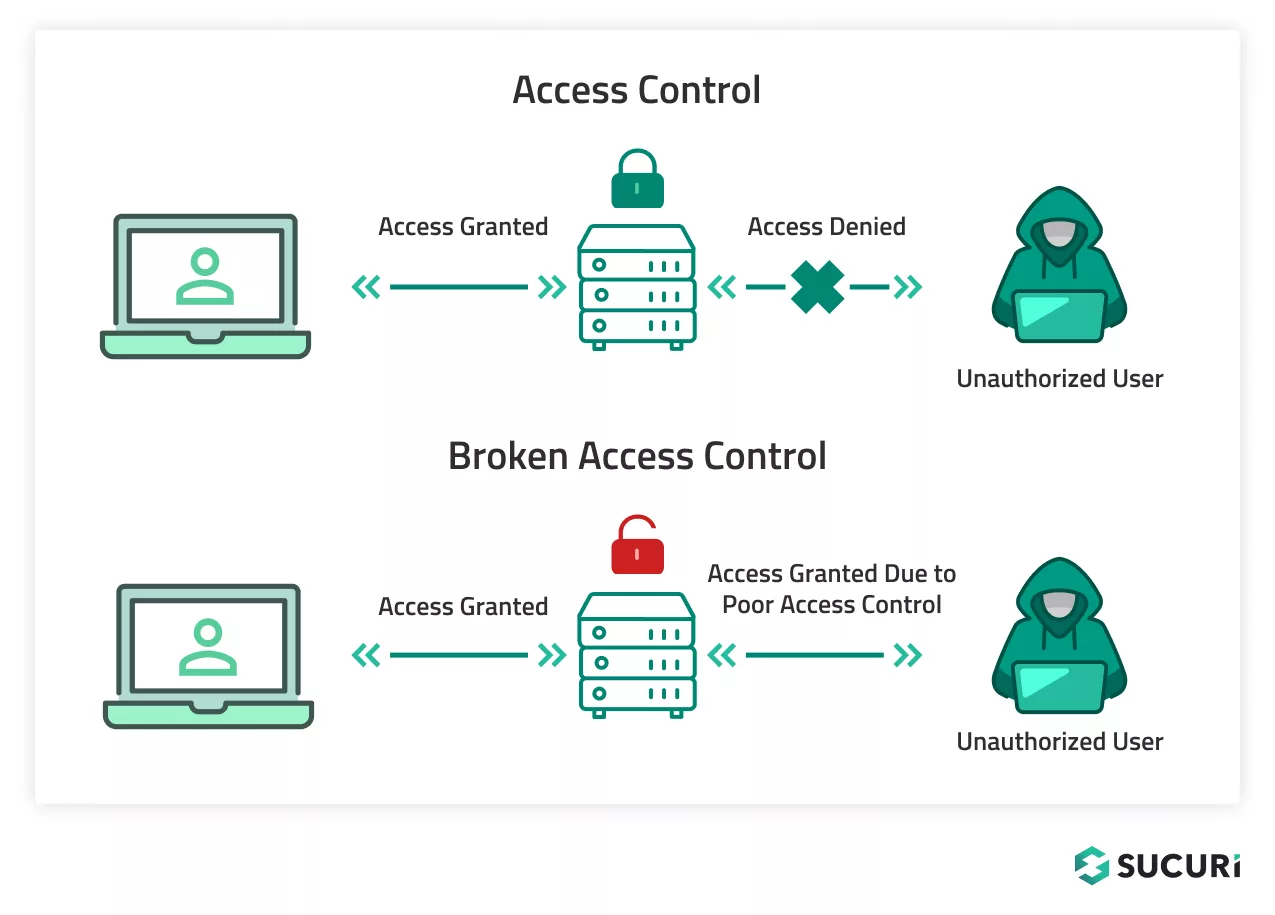
The Principle of Least Privilege in WordPress
If you’re using a Content Management System (CMS) like WordPress for your website, you’ve likely encountered roles and their associated privileges. So, let’s take a look at how you can apply the PoLP in WordPress.
An administrator, for example, is privileged to add unfiltered HTML to posts or even install plugins. On the other hand, contributors may not be allowed to publish posts independently. Each user has a specific range of privileges designed to limit access to only what’s necessary based on trust.
Think of it like this: is it a vulnerability that an Administrator can install plugins? Not if they’re trusted and responsible. So, the effectiveness of the system hinges on assigning roles that align with each user’s competencies and responsibilities, thereby limiting potential security risks.
Default WordPress user roles
While no system is perfectly invincible, PoLP makes unauthorized actions more difficult to carry out by requiring higher privileges to exploit vulnerabilities. This practice effectively shrinks your attack surface, forming an essential part of your defense-in-depth approach to website security.
The following roles are available by default in WordPress:
| Role | Slug | Description |
| Super Admin | — | All capabilities, including access to the site network admin features. |
| Administrator | administrator | Access to all admin features within a single site. |
| Editor | editor | Can publish and manage posts, including posts of other website users. |
| Author | author | Can publish and manage their own posts. |
| Contributor | contributor | Can write and manage their own posts but unable to publish them. |
| Subscriber | subscriber | Can only manage their own profile. |
Upon installation, WordPress will automatically create an Administrator account. You can find additional information in the Official WordPress Roles and Capabilities Documentation.
How PoLP affects websites and servers
Just as we lock our doors and allow certain people to enter, PoLP can be seen as the lock and key to your website; allowing specific access while denying others.
Without implementing PoLP, you run the risk of creating over-privileged users — which is akin to giving out too many keys to your front door, increasing the chances of a breach.
Moreover, certain systems can dynamically identify users, devices, applications, and functions a user or entity accesses. This dynamic identification reduces the necessity for network administrators to consider network constructs, allowing for more precise access control.
Assigning minimal user roles to protect your website
From a security standpoint, people tend to be the weakest link in the chain. Misalignment of roles can lead to serious consequences by increasing the odds of security breaches.
In many cases, compromises in website security come from exploitation of human vulnerabilities – this is where the inadequate or excessive allocation of privileges come in.
If you are the site owner and its only user, it’s still a good idea to create several users for different type of tasks. For example, to manage the site using an admin account and create/publish posts using an editor account.
This may seem like overkill but there are several reasons for this:
- Protect your admin username. If you publish posts using the admin account, it’s is easy for anyone to discover its username. Then they only need to guess/brute force the password. If the attackers manage to compromise your admin account, they can take over the whole site. On the other hand, if they take over the editor account, the most they can do is modify/publish/delete posts. That’s why it’s a good idea to never expose your most powerful accounts,
- Mitigate risk from malware. Massive WordPress malware infections like Balada Injector are known to attack logged in administrators. Malicious JavaScript in the admin’s browser have the same permissions as the admin itself, so hackers create scripts that install fake plugins, upload files and create malicious admin users behind the scenes while an administrator browses their own site. If a user without admin permissions loads these malicious scripts, not much can go wrong as the malware will not have access to administrative functionality.
We recommend asking yourself two questions when thinking about what role to assign a user:
- What is the lowest set of privileges allowable for this user’s tasks?
- How long are the privileges required?
Don’t be shy about setting lower privileges to users that don’t need an administrative role. This includes your website customers, too!
Applying PoLP with file and directory permissions
When granting access to specific files or directories on your WordPress website, PoLP can also be implemented. You should only provide access to the specific files and directories that a user or a software application needs. Any access beyond that can pose unnecessary risks.
Applying 440 or 000 may technically be the safest file permissions, but they’re also impractical for every day use. And on the flip side, 777 is extremely dangerous as it leaves directories and files open to modifications by any user on the server.
Here’s a quick guide to the recommended file permissions for WordPress (for most common server configurations):
| Directory or Subdirectory | File permission |
| Root directory (usually public_html) | 755 |
| wp-admin | 755 |
| wp-includes | 755 |
| wp-content | 755 |
| wp-content/themes | 755 |
| wp-content/plugins | 755 |
| wp-content/uploads | 755 |
| .htaccess | 644 |
| index.php | 644 |
| wp-config.php | 640 |
Directories and subdirectories:
Set them to 755. This setting allows the user read, write, and execute permissions, while the group and public only get read and execute permissions.
Files:
Have these set to 644, granting the user read and write permissions, but only read permissions for the group and public.
wp-config.php:
This is an important file and contains sensitive information. It should be set to 640 to give the user read and write permissions, while the group and public get no permissions.
By following these guidelines, you minimize risks and optimize the security of your WordPress website.
Enhancing website security with user roles and privileges
The Principle of Least Privilege is an important part of your defense-in-depth approach to website security. It ensures that you effectively align each user of your site with an appropriate role and their associated privileges.
All common CMS applications have built-in roles and privileges that help website administrators better manage their users and associated permissions. However, regardless of the role you’ll want to ensure that every user has strong and unique passwords for every one of their accounts.
If you currently employ a good defense-in-depth strategy and are looking for a solution to help complement your existing security controls, be sure to look into our website security platform.
Questions about how to better secure your website? Chat with us! Our highly skilled analysts are available 24/7 to answer your questions.

